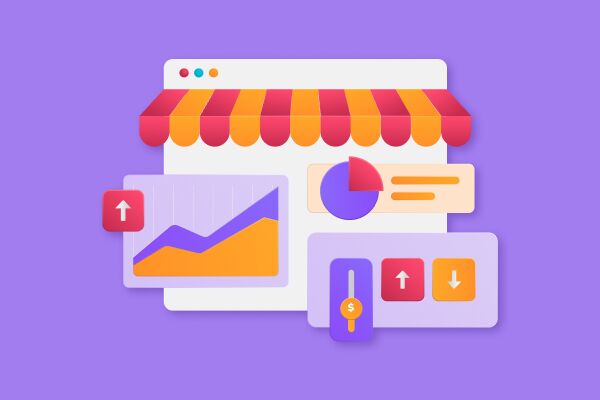The product life cycle is a period that starts from product development, continues until it enters the market and stops selling. Every product and service has a life cycle because all processes evolve, and better offers emerge in the market. The product life cycle is vividly seen in the example of televisions. Quality standards of image are updated almost every year, new matrices and technologies appear, and this leads to the discontinuation of production of old models and their disappearance from the market.
Depending on the characteristics of the product, the life cycle may have different stages. We will highlight the main ones.
- Marketing research. To develop and implement new products, a business must necessarily identify the needs of its customers. The life cycle of a product begins with the study of the interests of the audience, when, knowing the consumers' wishes, ideas about the future product begin to emerge.
- Design and development. The collected ideas must be transformed into a clear product concept. At this stage, it is already clear what this product should be like and what is needed for its creation. Initially, the project begins to come to life in the form of a sample or demo version. This allows improving the product and correcting the deficiencies that were not taken into account during the design before the start of production.
- Production. The product has been improved, so it's time for its mass production. The manufactured product is additionally checked for compliance with the initial plans and quality.
- Market entry and promotion. When the product is ready and produced in sufficient quantities, it is launched on the market. The product is actively promoted through various promotion channels to introduce it to the audience, the first customers appear, and sales begin.
- Sales growth. The product gains popularity, its sales growth, and profits remain stable. At this moment, the core of loyal customers is formed, who already know the product well and recommend it to others.
- Technical support. To maintain customer loyalty, a business should not only sell the product but also support its technical condition. The company should respond to user requests regarding operations, solve warranty cases, etc. If we are talking about services, customer consultation serves as support.
- Sales decline. Each product reaches a moment when its sales potential is exhausted, the market becomes saturated, and consumers start losing enthusiasm. Sales gradually decrease.
- Production discontinuation and exit from the market. When it becomes clear that it is impossible to revive the product and restore the users' interest in it, production of the product is stopped. When the remaining products are sold out, it disappears from the market, and its life cycle ends.
To extend the product life cycle, a business must engage in its modifications. The product should be updated to meet the demands of the audience and changes in the market. Rebranding, changing pricing policies, or adjusting promotional strategies can also be done. Everything depends on the particularities of the goods or services provided.



